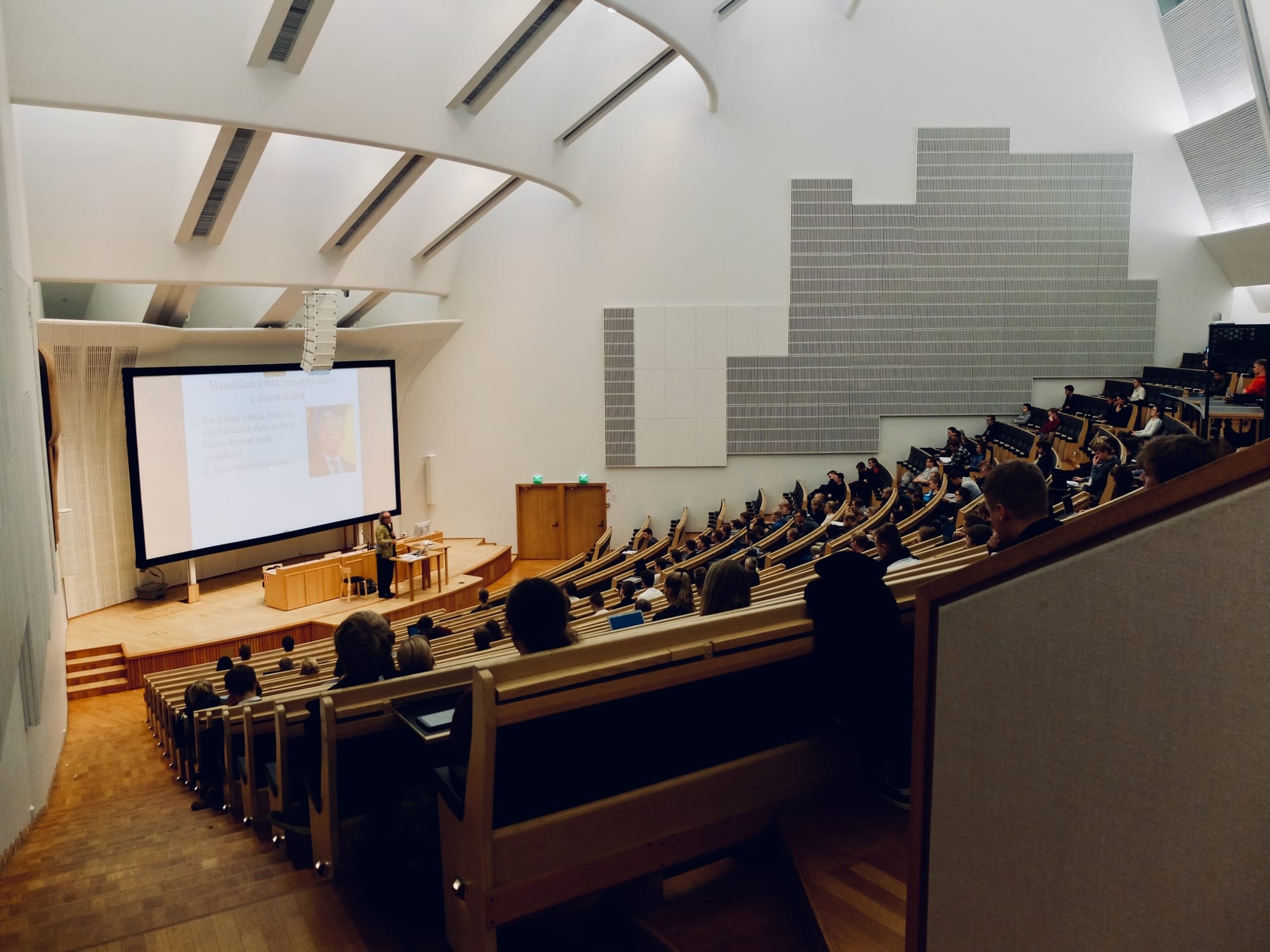Digital Classrooms

Digital classrooms are modernized learning environments that incorporate technology into the traditional classroom setting. They use digital tools such as computers, tablets, smartboards, and the internet to enhance the teaching and learning experience. The following are the components of a digital classroom:
- Digital Devices: A digital classroom requires digital devices such as computers, tablets, and smartphones. These devices provide access to the internet and digital resources, allowing students to engage with multimedia content and interact with the learning material.
- Interactive Whiteboards: Interactive whiteboards are large touchscreen displays that allow teachers to display and manipulate digital content in real-time. They provide an interactive learning experience and enable teachers to annotate, highlight, and draw on digital resources.
- Learning Management Systems: Learning management systems (LMS) are digital platforms that enable teachers to manage course content, track student progress, and deliver assessments. LMSs allow students to access learning resources such as videos, online quizzes, and discussion forums.
- Multimedia Content: Multimedia content such as videos, animations, and simulations enhance the learning experience and make it easier for students to understand complex concepts. Teachers can use multimedia content to illustrate abstract ideas, provide real-world examples, and engage students in the learning process.
- Collaboration Tools: Collaboration tools such as video conferencing, online discussion forums, and group projects promote collaboration and teamwork in the digital classroom. They enable students to work together and provide feedback to one another, fostering a sense of community and encouraging students to develop interpersonal skills.
- Assessment Tools: Digital classrooms require assessment tools such as online quizzes, assignments, and exams. Assessment tools enable teachers to evaluate student progress and provide feedback on their learning. They also allow students to receive immediate feedback and identify areas where they need improvement.
In conclusion, digital classrooms incorporate several components that work together to provide an engaging and effective learning experience. Digital devices, interactive whiteboards, learning management systems, multimedia content, collaboration tools, and assessment tools all contribute to a modernized learning environment that prepares students for the digital age.